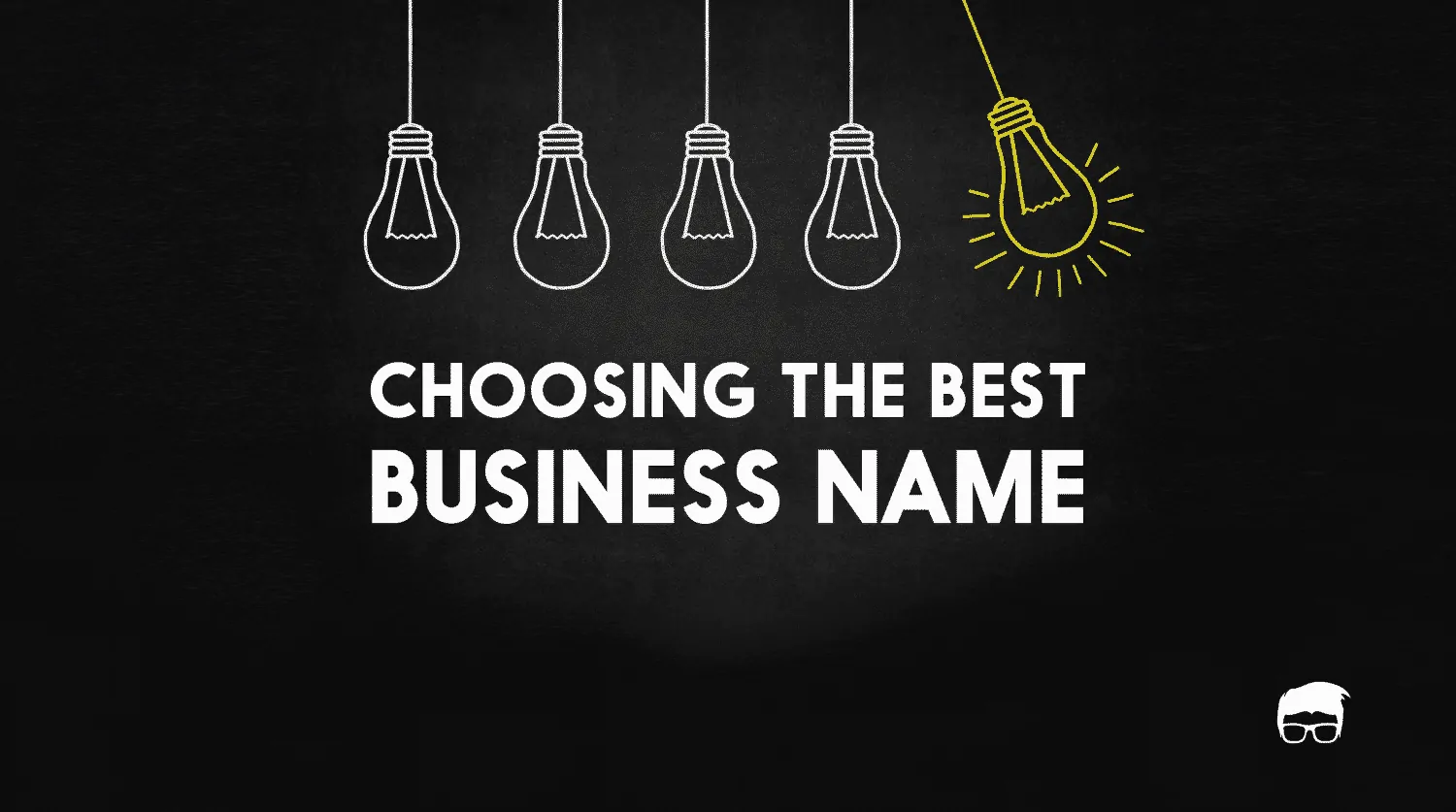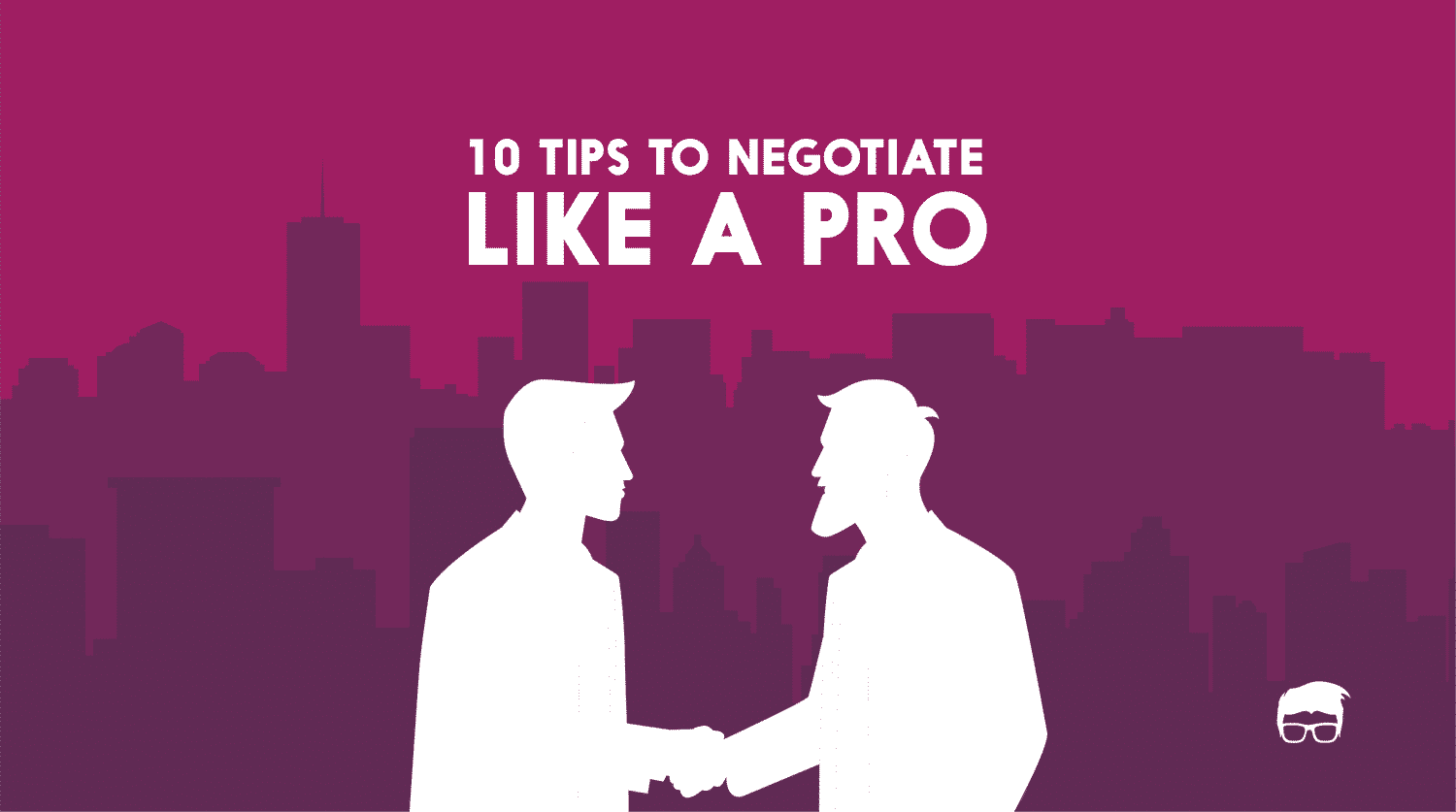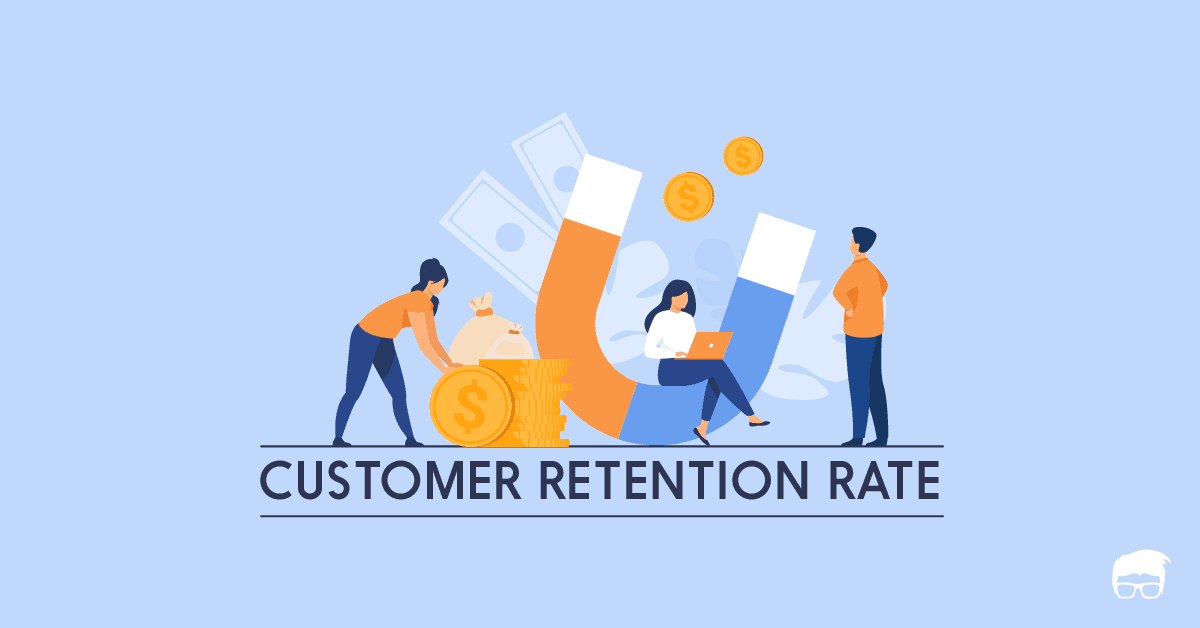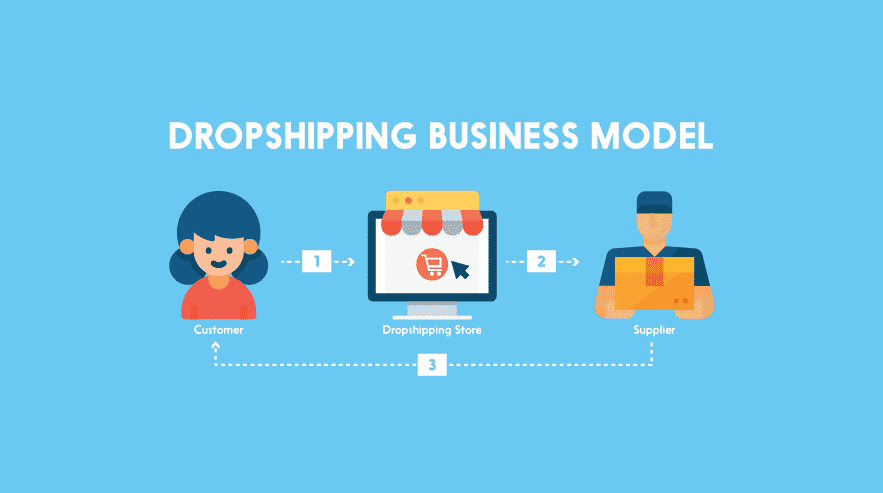If you’re in business, you know that it’s not always easy to deal with customers who are less than pleasant. You might find yourself on the receiving end of a disgruntled client or a customer that just won’t leave you alone. These are the people who are hard to please, always negative, and can be downright rude at times.
No matter what, you want to deal with difficult customers professionally and effectively. And here are seven things you can do to help.
Understand What Goes Inside the Mind of an Angry Customer
Before you can try to fix a problem, you need to understand what caused it in the first place.
The recalibration theory says that anger is a “bargaining emotion”. It arises when you experience a situation that you consider unfair. The word unfair does not have to be objectively so, but can just mean that you disagree with the way things are.
It’s the elevated situation where your customer exhibits an angry face (lowered brow, thinned lips and flared nostrils) to warn or threaten you or the other party that they are not going to let this pass.
According to research, less than 4% of angry customers will let you know about it, though. 96% of them don’t share their annoyance, and 91% might never come back. So, how do you deal with such an angry or difficult customer and find common grounds so that you can work together toward a mutually beneficial solution?
Notice The Triggers
Crossed arms, frequent sighs, rolling eyes – these are all signs that a customer is unhappy. And it’s important to be aware of them, so you can address the problem before it gets worse.
Besides this, there are more obvious signs of displeasure, like yelling or refusing to cooperate, repeating the same sentences, etc.
For example, consider a situation where a customer is asking for a refund. If they’re getting angry and raising their voice, it’s likely that they’re already frustrated and aren’t going to be reasonable. But if they calmly explain their situation and why they need the refund, you’re more likely to be able to change their decisions. Know the triggers, and you can keep things under control.
Be Prepared
Having a customer handling SOP (standard operating procedure) is always a good thing – at least, it’s better than not having them. And these procedures will keep you from getting into sticky situations.
Teach your team the procedure to deal with difficult customers – this will help you. You’ll be able to quickly solve any problems that may arise in a timely manner, without getting involved.
It may seem redundant, but a well-thought-out policy will be invaluable when something goes wrong.
For example, if a customer is refusing to pay, having a procedure to handle the situation will allow you to address the problem and find an acceptable solution before it escalates.
Consider the following scenario –
Customer: “I wouldn’t pay unless you gave me a discount.”
Now, this would be a weird scenario if the customer has already used your product or service. Things can get worse if not handled carefully.
A written SOP for such a situation could prove to be valuable. And, most importantly, you’ll be able to keep yourself from getting caught in the middle of the argument.
“If the customer refuses to pay, we offer them a 10% discount. If they still refuse, take and validate their contact information (phone number, address proof, and id proof) and file a complaint with our collections department. They’ll contact the customer to set up a time to discuss payment options.”
Focus On Their Needs
In order to understand why someone is behaving the way they are, you have to focus on their needs. If you don’t know what your customer wants, how can you be sure you’re providing what they need?
It becomes a lot easier to find common ground when you understand their needs. You can start by asking them what they want and then explaining how you can help them get there.
For example, if your customer isn’t happy with your deliverables, ask them what they would like to see changed. Once you know what they’re looking for, you can start working on a plan to make the changes they want.
Stay In Control
Don’t let your customer make demands of you. Acknowledge that they’re frustrated and angry, but don’t engage with them in a way that will escalate the situation.
It’s important to stay calm and in control. That way, you can think clearly and find a resolution that will benefit both of you.
Consider this situation –
Customer – “I will not pay until you fix this issue.”
If your response is to get angry and stop their subscription, you’ll put yourself in an even worse position. But if you acknowledge the customer’s anger and take a firm stance on the problem without a knee-jerk reaction, you’ll gain respect and loyalty.
A good response to such a situation could be to provide them a grace subscription period for the time the problem isn’t solved.
Be A Reflective Listener
Reflective listening is a two-step communications strategy – it involves listening and then repeating what you have heard in your own words.
Good listening isn’t enough. You also have to reflect on what the customer is saying. Repeating their words back to them will show that you’re paying attention and that you understand their point of view.
This will help build a connection with the customer and help resolve the situation.
For example,
Customer – “I want a refund because I wasn’t able to use your product.”
It would be easy to refute the customer’s claims by pointing out how they should have read the instructions… But this will only make things worse. Instead, repeat what you heard them say. Repeat why they were not able to use your product. That way, you can bring them into confidence and start to look for a solution.
“I understand that you were not able to use the product because you couldn’t find the instructions. I’m sorry for the inconvenience that caused. Would you like a refund or another chance at using the product?”
Ask Questions
The worst mistake you can make while dealing with a difficult customer is not understanding their point of view. If you don’t understand them, how can you help them?
You have to ask questions about the customer’s problem and needs before you can provide a solution. To do that, ask simple questions that will give clues as to why they’re frustrated and what you can do to make it better.
Take this scenario –
Customer – “Your customer service is horrible and unresponsive. I’ve been waiting for a response for three weeks!”
You can ask your customers questions like:
“I’m sorry that happened. I can assure you we’ll fix this issue. Can you tell me what went wrong?
Can you give me an example of when it happened so we can investigate the issue?”
Use a mix of open-ended and closed questions to get the most information. Closed questions will help you gather information quickly, while open-ended questions will help you understand the customer’s problem in more detail.
Don’t Be Afraid To Negotiate
You know you can’t please everyone. But don’t let that stop you from finding common ground.
Sometimes, the only way to resolve a situation is to negotiate. This might mean giving the customer a partial refund or modifying your product or service to better suit their needs.
Remember, it’s important to stay in control and not let the customer walk all over you. But being willing to negotiate can show that you’re interested in resolving the situation, and that you care about your customer’s satisfaction.
Bottom-Line?
You can’t always avoid difficult customers, but you can be prepared for them.
To deal with a difficult customer, you have to listen attentively and reflect on what they’re saying. Ask questions until you understand their point of view before trying to resolve the situation. And negotiate – only if necessary.
Go On, Tell Us What You Think!
Did we miss something? Come on! Tell us what you think of this article on how to deal with angry and difficult customers in the comment section.
A startup consultant, digital marketer, traveller, and philomath. Aashish has worked with over 20 startups and successfully helped them ideate, raise money, and succeed. When not working, he can be found hiking, camping, and stargazing.






![What Is Upselling? How To Upsell? [Detailed Guide] UPSELLING](https://www.feedough.com/wp-content/uploads/2018/05/UPSELLING-20.webp)

